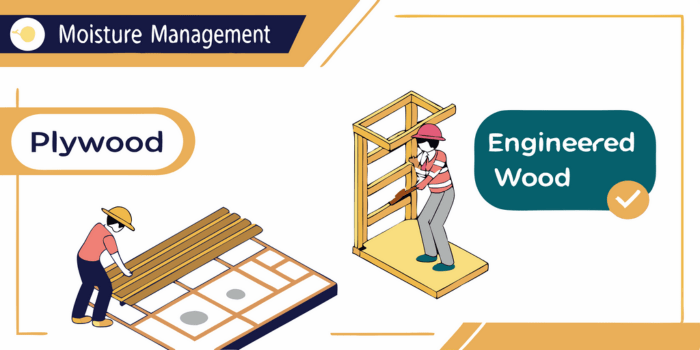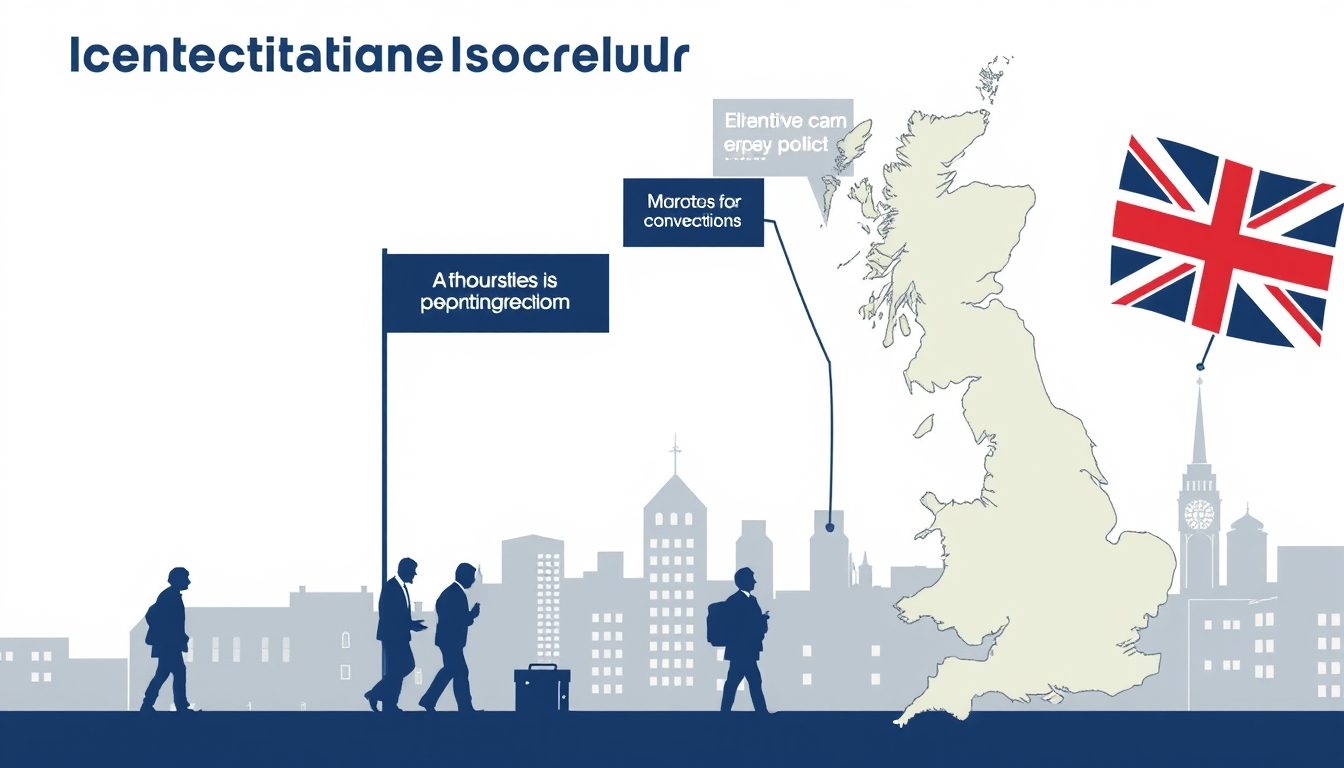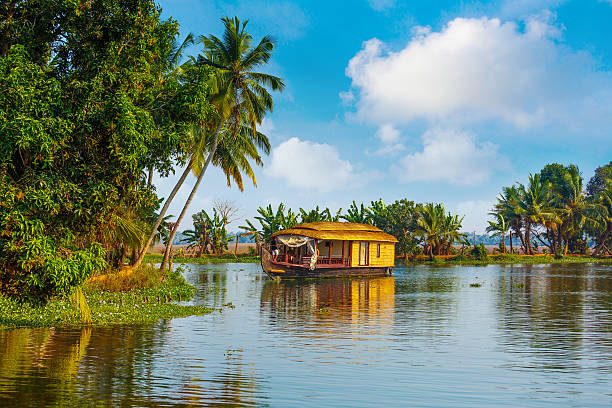When choosing materials for construction or furniture, one of the most critical factors to consider is how well a material can withstand humidity and water exposure. This is particularly important in areas like kitchens, bathrooms, and basements where moisture is a constant challenge. Two common materials that often come up in these discussions are plywood and engineered wood. Both are versatile and widely used, but they behave differently when exposed to moisture. In this article, we will compare plywood vs engineered wood, focusing on their moisture resistance, durability, and how they handle water damage.
Understanding Plywood and Engineered Wood
Before diving into how these materials react to moisture, it’s essential to understand the basic differences between plywood and engineered wood.
- Plywood is a natural wood product made by layering thin sheets of wood veneer, with the grain of each layer running in opposite directions. This cross-laminated structure gives plywood its strength and stability.
- Engineered wood, also known as composite wood, includes a range of materials like MDF (Medium Density Fiberboard), OSB (Oriented Strand Board), and particleboard, which are made by binding wood fibers or particles together using adhesives and pressure. Engineered wood products are often designed to provide greater uniformity and specific performance characteristics compared to natural wood.
Now that we have a basic understanding of both materials, let’s explore how they handle moisture and water exposure.
How Plywood Handles Moisture and Water Damage
Plywood is known for its natural durability and strength. However, its ability to handle moisture largely depends on the type of plywood and how it is treated.
Types of Plywood
- Softwood Plywood: Made from coniferous trees like pine, fir, or spruce, softwood plywood is relatively inexpensive but less moisture-resistant than hardwood plywood.
- Hardwood Plywood: Made from hardwood trees like oak, maple, or birch, this plywood type is stronger and more durable, but it is still vulnerable to moisture damage without proper treatment.
- Marine Plywood: Specifically designed for water resistance, marine plywood is made with waterproof adhesives and is treated to withstand prolonged exposure to moisture. It is the best option for areas prone to water, such as boats, bathrooms, or outdoor environments.
Moisture Resistance of Plywood
While plywood itself can be resistant to moisture, its edge and surface are more susceptible to damage from prolonged exposure. Water can seep into the layers, causing delamination (the separation of the layers), swelling, or warping.
- Marine Plywood is the best option for high-moisture environments, as it is designed to resist rot and water damage.
- Softwood Plywood may absorb moisture more quickly and warp or swell when exposed to high humidity or water. However, it can still perform reasonably well if sealed properly with waterproof coatings or varnish.
- Hardwood Plywood can handle moisture better than softwood plywood, but it’s still essential to protect it from prolonged exposure.
How to Protect Plywood from Moisture
To extend the lifespan of plywood in humid environments, it’s crucial to take preventive measures:
- Use water-resistant finishes like polyurethane or marine-grade varnish to seal the surface.
- Ensure proper ventilation in areas with high humidity to reduce moisture buildup.
- If using plywood in outdoor applications, opt for marine-grade plywood or plywood treated with water-resistant chemicals.
How Engineered Wood Handles Moisture and Water Damage
Engineered wood products are designed for specific purposes, and their performance in moist conditions varies based on the type of engineered wood used.
Types of Engineered Wood
- MDF (Medium Density Fiberboard): Made from wood fibers and resin, MDF is smooth and dense but very susceptible to moisture. It will swell and break down when exposed to water, making it unsuitable for high-humidity environments.
- OSB (Oriented Strand Board): OSB is made from wood strands and adhesives. While it is relatively strong, it is prone to swelling and weakening when exposed to moisture over time.
- Particleboard: Similar to MDF, particleboard is made by compressing wood chips, sawdust, and resin. It is affordable but absorbs water quickly, causing it to swell and lose its integrity.
Moisture Resistance of Engineered Wood
While engineered wood products are known for their affordability and versatility, moisture is their Achilles’ heel. Most engineered woods, such as MDF and particleboard, are highly sensitive to water exposure. When exposed to moisture, they absorb water and become soft, swollen, and damaged beyond repair. This makes them unsuitable for environments like bathrooms or kitchens where humidity is constant.
- MDF is the least moisture-resistant of the engineered woods. Even a small amount of water can cause it to swell and deteriorate. It is best used in dry environments, away from direct water exposure.
- OSB has better moisture resistance than MDF but is still vulnerable to water damage if not properly sealed. OSB is best used for subflooring and sheathing where exposure to moisture is minimal.
- Particleboard is also susceptible to water damage and should not be used in areas prone to moisture unless it is specially treated for water resistance.
How to Protect Engineered Wood from Moisture
To protect engineered wood products, it is important to:
- Seal the surface with a moisture-resistant finish.
- Use waterproof coatings or laminate overlays to prevent water from seeping into the material.
- Opt for moisture-resistant engineered wood products, such as moisture-resistant MDF or treated OSB, for environments with higher humidity.
Comparing Plywood vs Engineered Wood in Moisture Resistance
| Property | Plywood | Engineered Wood |
|---|---|---|
| Moisture Resistance | Varies (Best with marine plywood) | Generally low (MDF and particleboard are highly susceptible) |
| Best for High Humidity | Marine plywood | Moisture-resistant MDF or treated OSB |
| Sealing Required | Yes, for best results | Yes, especially for MDF and particleboard |
| Durability | High with proper sealing | Lower durability, especially with MDF |
| Applications | Outdoor furniture, boat building | Subflooring, dry interiors, cabinetry |
Why Moisture Resistance Matters
Moisture resistance is crucial for the longevity and performance of materials used in construction, furniture, and interior design. In areas prone to high humidity or direct water exposure, materials that absorb moisture can deteriorate quickly, leading to:
- Swelling and Warping: Excess moisture can cause wood to swell, leading to warped surfaces, misaligned joints, and structural failure.
- Mold and Mildew Growth: Moist environments are breeding grounds for mold and mildew, which can cause health problems and damage to materials.
- Delamination: For plywood, repeated moisture exposure can cause the layers to separate, weakening the material.
- Reduced Strength: Water exposure weakens the bonding of engineered wood, making it less sturdy and more prone to breaking or bending.
Conclusion
In the battle of plywood vs engineered wood when it comes to moisture resistance, plywood has a clear edge, particularly in the form of marine-grade plywood, which is specifically designed for water exposure. Engineered wood, while versatile and cost-effective, generally fares poorly in humid or water-prone areas unless specifically treated for moisture resistance. For the best results in areas exposed to high humidity or water, it’s essential to select the right material and take steps to protect it, whether through sealing or choosing water-resistant products. By understanding how each material handles moisture, you can make more informed decisions that ensure your project’s longevity and performance.
Can Plywood Be Used In Bathrooms?
Yes, but it’s best to use marine plywood or plywood treated for moisture resistance. Regular plywood will absorb moisture and degrade over time.
Is Engineered Wood Suitable For Outdoor Use?
Generally, engineered wood like MDF and particleboard is not recommended for outdoor use due to its low moisture resistance. However, some moisture-resistant engineered woods, such as treated OSB, can be used for outdoor applications.
How Can I Prevent Water Damage To Engineered Wood?
To protect engineered wood from moisture, use water-resistant finishes, and laminate overlays, and ensure proper sealing. It’s also crucial to maintain a dry environment.
Is plywood more durable than engineered wood?
Yes, plywood is generally more durable than engineered wood, especially when exposed to moisture. Marine plywood and hardwood plywood are more moisture-resistant than engineered wood products like MDF and particleboard.
How do I know if a plywood product is water-resistant?
Look for marine-grade plywood or check if the plywood has been treated with waterproof adhesives and finishes. Standard plywood should be sealed with a moisture-resistant coating for enhanced performance.














